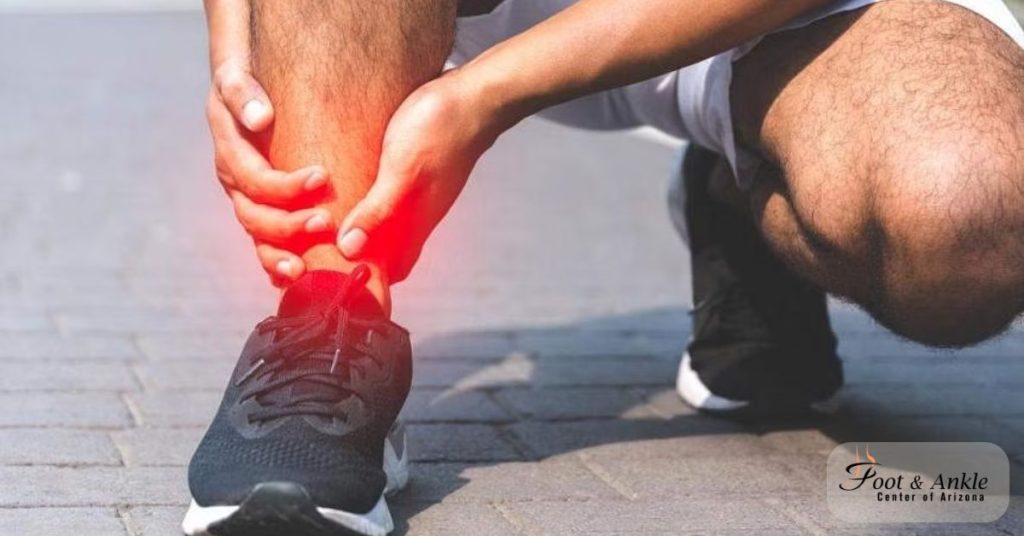Contoured orthotics designed to alter the gait while walking and running might help lower the risk of stress fractures, but shock-absorbing insoles probably won’t prevent these injuries, a recent review suggests.
Researchers analyzed data from 11 trials of custom foot orthotics and seven studies of shock-absorbing insoles that, combined, included more than 3,200 people.
Inserts Lower Injury Risk and Stress Fractures
Overall, foot orthotics were tied to a 28 percent lower risk of injuries and a 41 percent lower risk of stress fractures, the study found. Shock-absorbing insoles, however, were not linked to a statistically meaningful reduction in injuries or stress fractures.
“By pooling the results of all available trials on this topic we found that foot orthotics were effective for preventing shin pain and some stress fractures of the foot and leg (metatarsals, tibia and femur) as per previous studies, but we also found that overall injuries were reduced,” said lead study author Daniel Bonanno of La Trobe University in Melbourne, Australia.
Athletes often use orthotics and insoles to help prevent and manage a range of muscle and bone problems such as stress fractures and injuries to the tendons, muscles and joints.
Differences: Contoured or Shock Absorbing Orthotics
Typically, foot orthotics have a contoured profile and are used with the intention of optimizing foot function. These inserts can help shift weight distribution and pressure as the foot strikes the ground and alter muscle activity and running mechanics.
Shock-absorbing insoles, by contrast, tend to be relatively flat and are predominately used to reduce the force of impact when the foot strikes the ground, potentially warding off damage to muscles, tendons and bones.
Mixed Results for Insert Types
While the benefits of orthotics appeared clearer, the study found mixed results for both products, researchers report in the British Journal of Sports Medicine.
One trial of shock-absorbing insoles actually showed an increased risk of injuries associated with these products, though the other trials in the analysis simply found no benefit.
The authors cautioned against reading too much into the study results, though, because most of the trials in their analysis were done in military settings where typical physical activities may not look much like the experiences of civilian joggers and weekend warriors.
Another limitation of the study is that most of the trials in the analysis allowed participants, therapists and researchers to know the goals of the experiments and what treatments were delivered. This makes the results low-quality because the way people rate the effectiveness of treatments can be biased when they know what treatment they got, the authors of the current study note.
Still, it may make sense for some athletes to use orthotics, said Dr. Selene Parekh, a researcher at Duke University in Durham, North Carolina, who wasn’t involved in the study.
“Stiff or hard orthotics seem to help redistribute the force going through the bones thereby shielding the bones,” Parekh said by email. “But, orthotics – soft or hard – do not change the way the foot and ankle are moving, therefore, there is no benefit to the soft tissues.”
Rely on Health Care Professionals
The best way to know if orthotics can help, and that they won’t make matters worse, is to check with a doctor first.
“For athletes, and anyone in general, you need to rely on the health care professional to evaluate and decide if you are a candidate for an orthotic,” Parekh said. “The right fitting orthotic can allow athletes to continue to participate in sports activities through some injuries, such as a fifth metatarsal stress fracture or turf toe injury, but a bad orthotic can worsen symptoms of an injury.”
What are Prescription Custom Orthotics?
Custom orthotics are specially-made devices designed to support and comfort your feet. Prescription orthotics are crafted for you and no one else. They match the contours of your feet precisely and are designed for the way you move. Orthotics are only manufactured after a podiatrist has conducted a complete evaluation of your feet, ankles, and legs, so the orthotic can accommodate your unique foot structure and pathology.
Prescription orthotics are divided into two categories:
- Functional orthoticsare designed to control abnormal motion. They may be used to treat foot pain caused by abnormal motion; they can also be used to treat injuries such as shin splints or tendinitis. Functional orthotics are usually crafted of a semi-rigid material such as plastic or graphite.
- Accommodative orthotics are softer and meant to provide additional cushioning and support. They can be used to treat diabetic foot ulcers, painful calluses on the bottom of the foot, and other uncomfortable conditions.
Podiatrists use orthotics to treat foot problems such as plantar fasciitis, bursitis, tendinitis, diabetic foot ulcers, and foot, ankle, and heel pain. Clinical research studies have shown that podiatrist-prescribed foot orthotics decrease foot pain and improve function.




